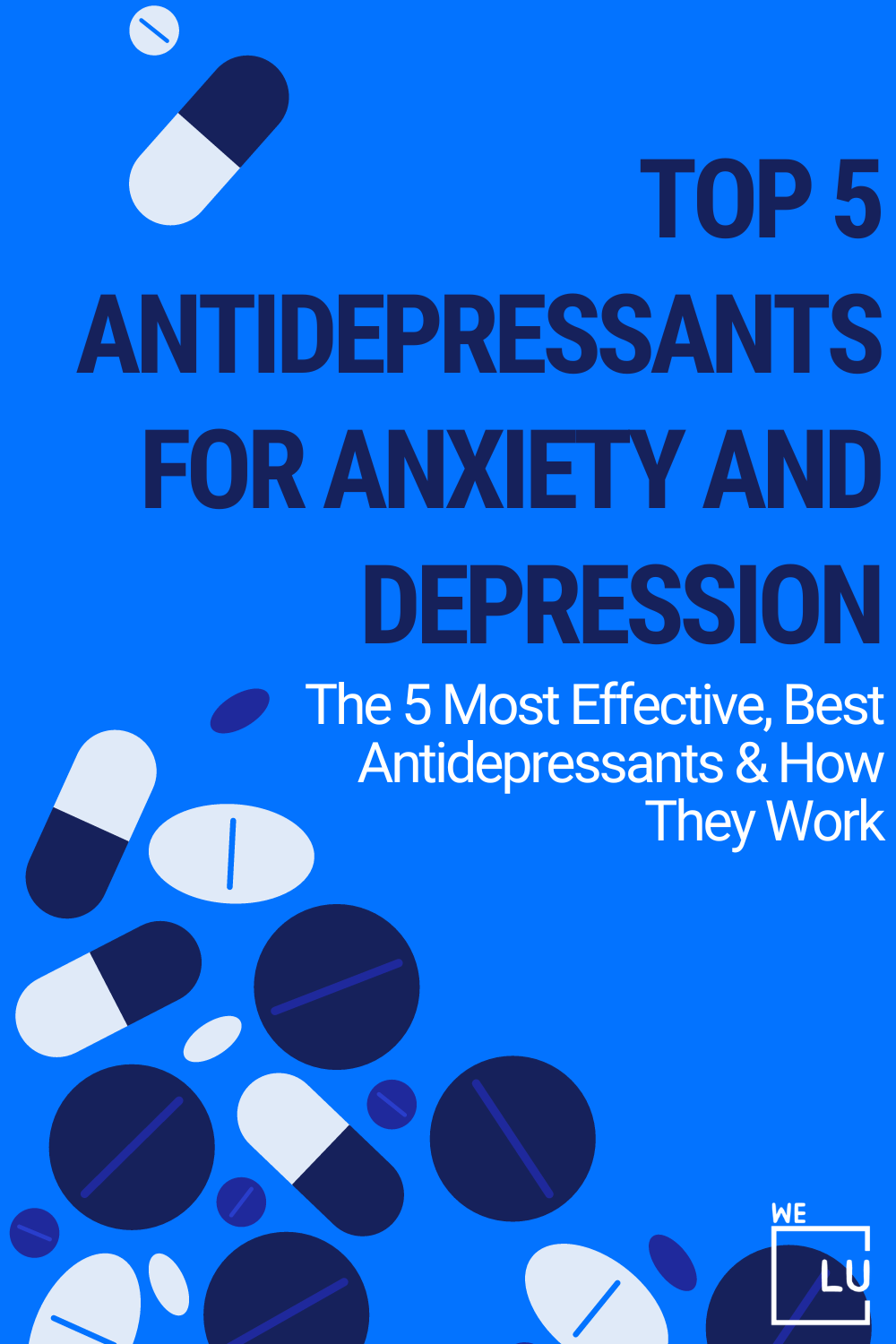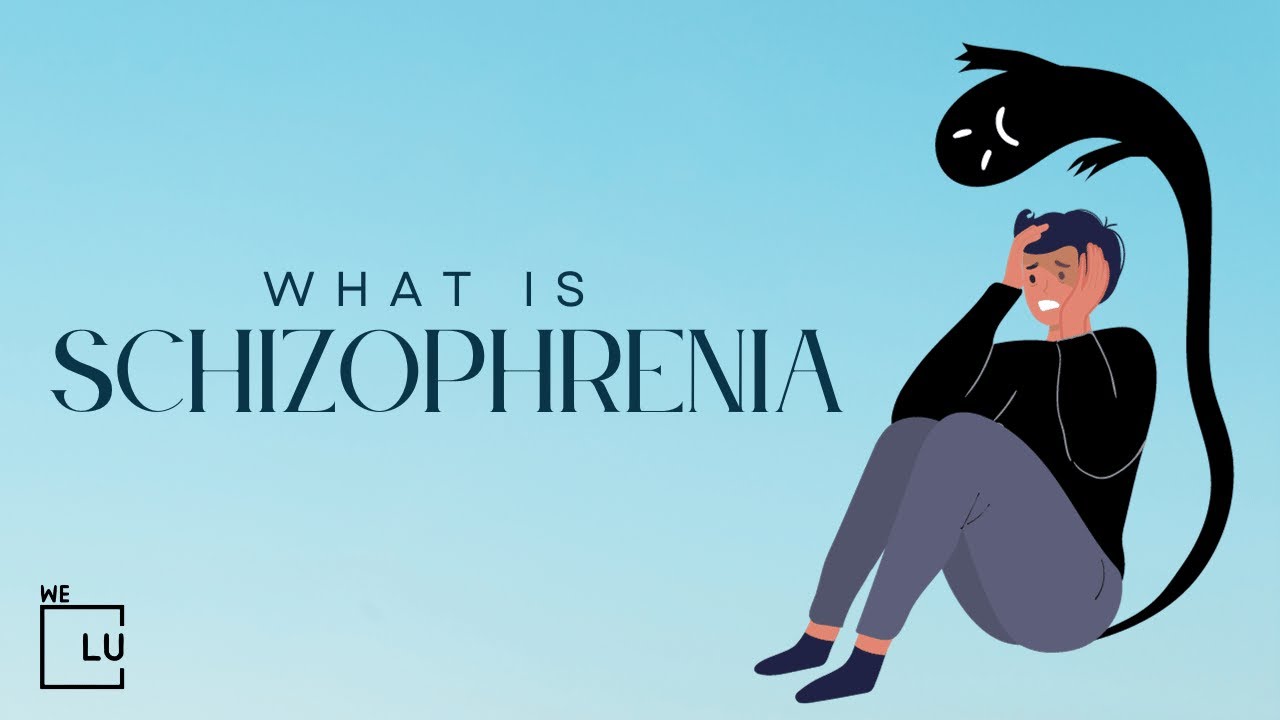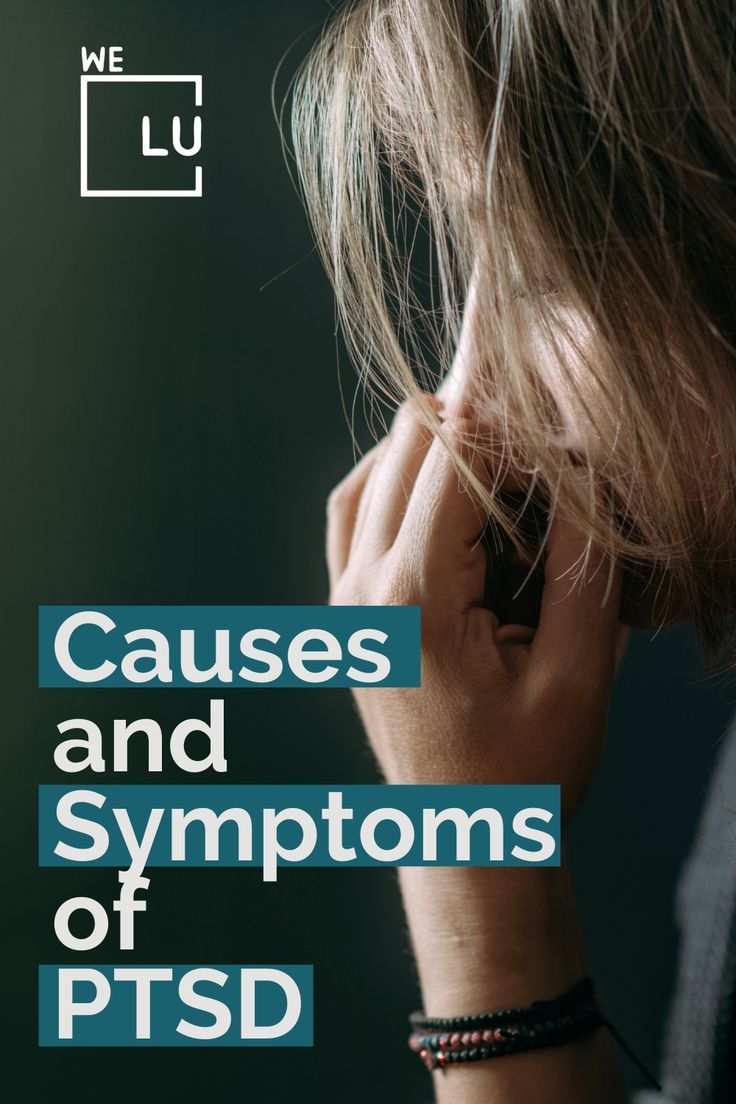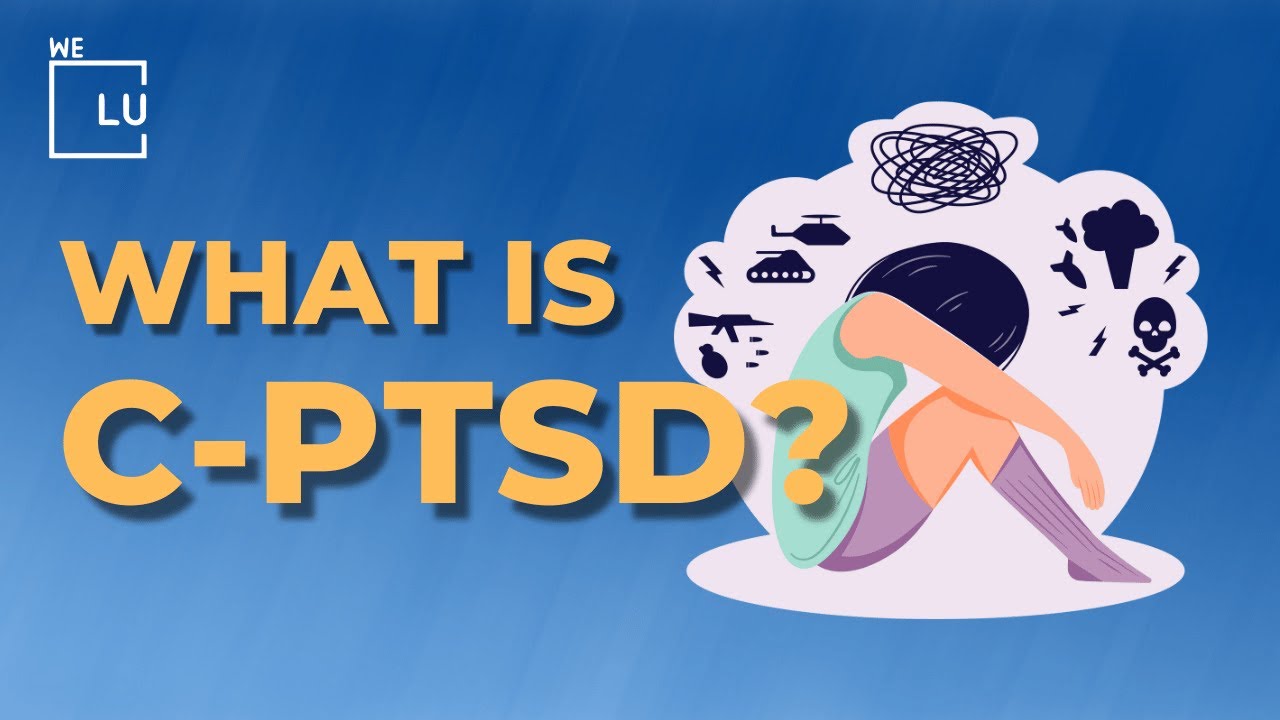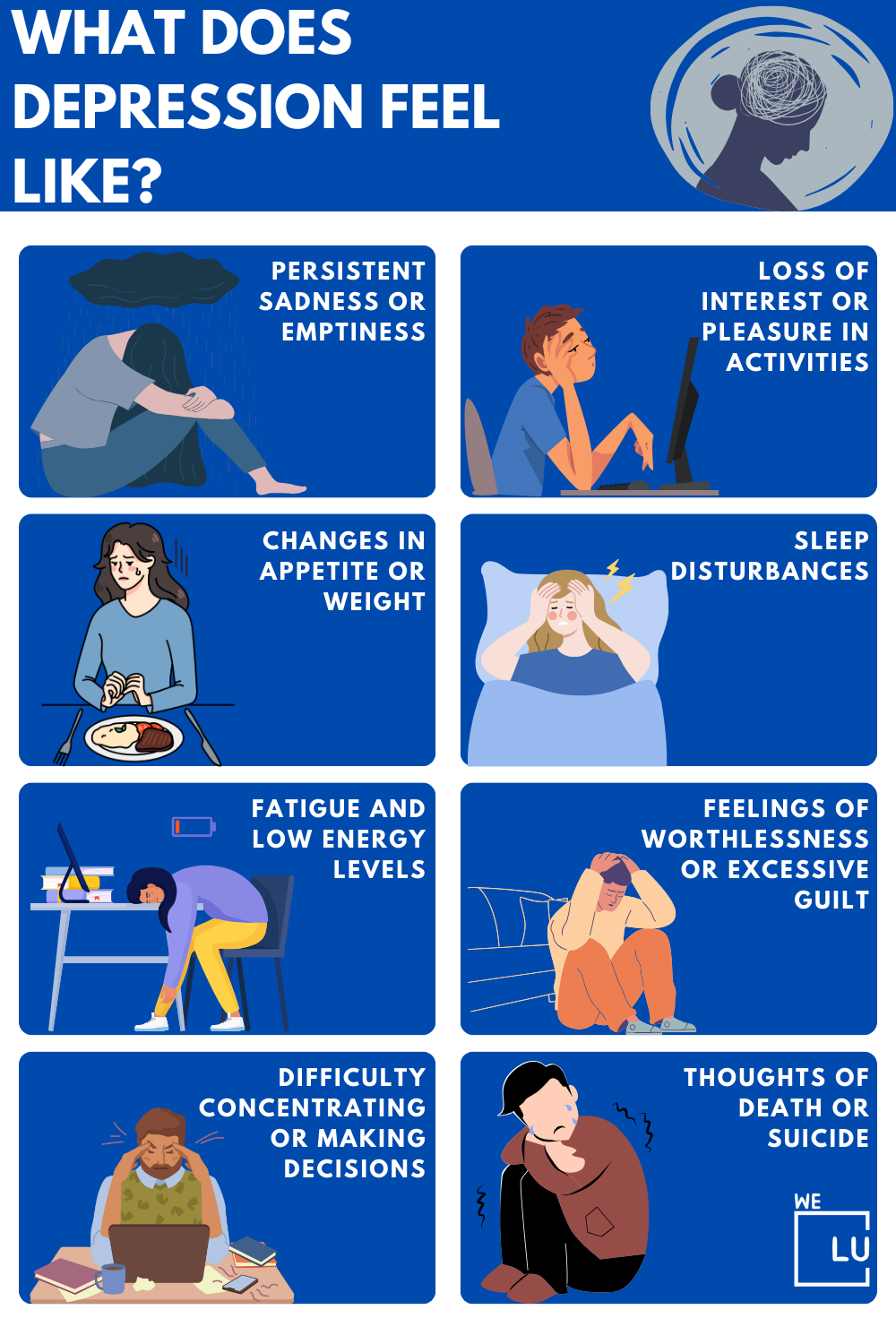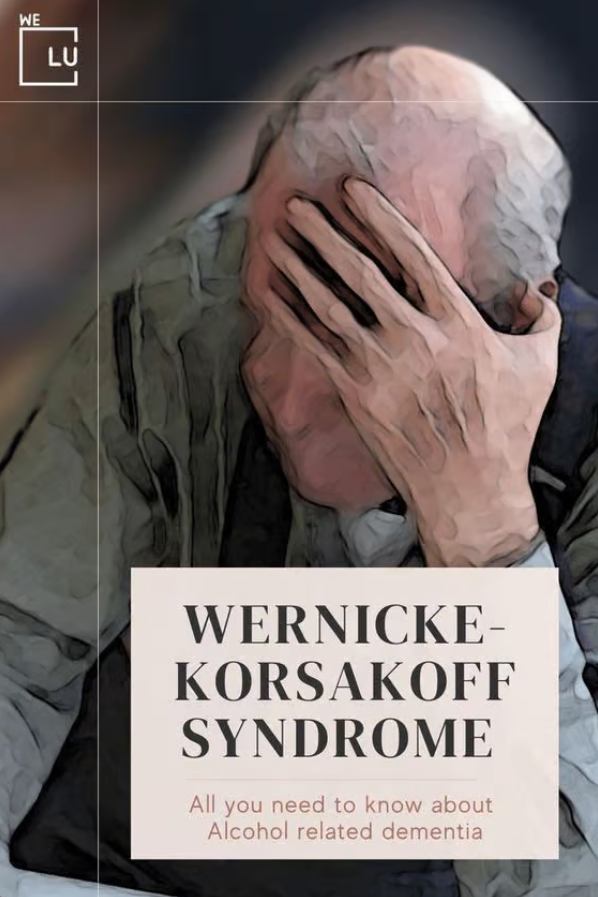Meditation for Anxiety
Learn how mindfulness and anxiety meditation reduce stress and offer a calming anchor during panic attacks. By promoting awareness of the present moment, these meditations for anxiety empower individuals to navigate emotions with resilience and find a sense of tranquility.
While occasional stress is normal, persistent feelings of being on high alert may indicate a need for support. Exploring mindfulness and meditation, though not a diagnostic or treatment tool, offers a collection of research and practices to help manage anxiety and restore balance.
Does Meditation Help Anxiety?
Meditation helps ease anxiety by promoting a non-judgmental awareness of the present moment. By focusing on thoughts, feelings, and sensations without getting caught up in them, individuals can break free from anxious thought patterns.
This practice encourages a sense of detachment, allowing for a more objective view of stressors. Meditation also fosters self-compassion, improving one’s relationship with stress and anxiety. Regular practice has been shown to reshape the brain, enhancing emotional regulation and resilience—a valuable tool in anxiety management.
How to Meditate for Anxiety?
Meditating for anxiety involves:
- Finding a quiet and comfortable space.
- Sitting or lying down in a relaxed position.
- Directing focused attention to the present moment.
Begin by taking deep, intentional breaths, gradually slowing the pace to cultivate a sense of calm. Allow thoughts to come and go without judgment, gently redirecting the focus to the breath or a chosen point of attention.
Various anxiety meditation techniques, such as guided imagery, body scan, or loving-kindness meditation, can be explored to discover what resonates best. Consistent practice, even for short durations, can contribute to building resilience against anxious thoughts and promoting a greater sense of inner peace over time.
Most Popular Types of Meditation to Calm Anxiety
Exploring these popular meditation types provides a range of techniques to calm anxiety, allowing individuals to discover the approach that resonates most effectively with them.
Mindfulness Meditation Anxiety Tip
The guided meditation anxiety technique starts by finding a quiet space and a comfortable seated position, followed by the following steps:
- Close your eyes and bring your attention to the sensations of your breath—feel the rise and fall of your chest or the gentle flow of air at your nostrils.
- When anxious thoughts arise, acknowledge them without judgment and gently guide your focus back to your breath.
- Embrace the present moment, allowing yourself to observe thoughts like clouds passing in the sky.
Consistent practice of this simple yet powerful mindfulness technique can gradually diminish the grip of anxiety, promoting a greater sense of calm and mental clarity over time.
Guided Imagery 5 Minute Meditation for Anxiety
In a quick 5-minute guided imagery meditation for anxiety, find a quiet space and sit comfortably. Followed by the following steps:
- Close your eyes and take a few deep breaths to center yourself.
- Imagine a peaceful scene, like a quiet beach or a serene forest.
- Engage your senses by visualizing the details—feel the sun’s warmth, hear the gentle waves, or smell the forest air.
- As anxious thoughts arise, acknowledge them without judgment and gently shift your focus to the calming imagery.
- Conclude by taking a few more deep breaths, carrying the serenity of your mental sanctuary into your day.
This brief guided imagery session can offer a powerful reset for anxious moments, promoting a sense of calm and clarity in just a few minutes.

Skip To:
Learn More:
- 3 Tips for Meditating, Best Meditation Techniques
- High Functioning Anxiety Symptoms, Causes, and Treatment.
- Depression and Anxiety Therapist Fort Lauderdale
- Learn the Different Types of Anxiety. 6 Types of Anxiety Disorders. Symptoms and Medications
- Tapping for Anxiety. Does It Help with Stress?
- Quick & Easy 3-Minute High-Functioning Anxiety Test
- How to Deal With Crippling Anxiety? Crippling Anxiety Symptoms, Causes, and Treatment
- What Are Anxiety Tics? Understanding The Background of Tics
- Social Anxiety Disorder, Symptoms, Risks, Treatments and Diagnosis
- Anxiety Disorder Treatment, Types, Causes, and Symptoms
Loving-Kindness Anxiety Meditation
This practice involves intentionally generating feelings of love and compassion, directing them towards oneself, and then expanding to include others.
- Focus on heartfelt phrases or wishes for well-being, such as “May I be happy, may I be healthy.”
- Gradually extend these sentiments to loved ones, acquaintances, and even those with whom you may have challenges.
Cultivating a warm and open-hearted attitude through loving-kindness meditation fosters a positive emotional state, promoting not only self-compassion but also a deeper connection with the broader human experience.
Progressive Muscle Relaxation Anxiety Meditation
In this technique, start by tensing specific muscle groups and then releasing the tension, systematically working through the body. This process helps increase awareness of physical sensations and promotes a profound sense of relaxation.
As you deliberately tense and release muscles, it signals the body to let go of tension, releasing stored stress. Progressive muscle relaxation is an effective way to unwind physically and mentally, making it a valuable tool for managing anxiety and promoting overall well-being.
Breath Awareness Anxiety Meditation
Centering on the breath, this meditation encourages a focused and intentional awareness of each inhalation and exhalation.
Find a comfortable posture, and as you breathe naturally, direct your attention to the sensation of the breath—whether it’s the rise and fall of the chest or the flow of air at the nostrils.
The rhythmic and deliberate focus on the breath serves as an anchor, helping to quiet the mind and promote a sense of tranquility. This mindfulness practice not only enhances concentration but also cultivates a calm and centered state of being, making it an accessible and powerful technique for managing stress and anxiety.
Mental health rehab centers often use meditation for anxiety and depression as part of their holistic and evidence-based approach to healing, helping individuals manage stress and improve overall well-being in their recovery journey.
Get anxiety counseling and evidence-based programs that work. Discover professional help from We Level Up Florida’s mental health therapists. Start getting support with a free call to our mental health hotline.
Get Help. Get Better. Get Your Life Back.
Searching for Accredited Dual Diagnosis Mental Health Centers Near You?
Even if therapy failed previously, or are in the middle of a difficult crisis, we stand ready to support you. Our trusted behavioral health specialists will not give up on you. When you feel ready or just want someone to speak to about counseling alternatives to change your life call us. Even if we cannot assist you, we will lead you to wherever you can get support. There is no obligation. Call our hotline today.
FREE 24/7 Dual Diagnosis Mental Health Services HotlineBenefits of Anxiety Meditation
Anxiety meditation brings various benefits, such as reducing stress and enhancing emotional resilience. Regular practice promotes a calmer mindset, improves overall mental well-being, and empowers individuals to respond to stress with composure, fostering effective navigation through challenges. Highlighted below are the advantages of practicing anxiety meditation:
- Stress Reduction: Anxiety meditation helps alleviate stress, promoting a sense of calm and relaxation.
- Emotional Resilience: Regular practice enhances emotional resilience, allowing individuals to better cope with challenging emotions.
- Improved Mental Well-being: Meditation contributes to an overall improvement in mental health, fostering a positive and balanced mindset.
- Greater Self-awareness: Anxiety meditation cultivates self-awareness, enabling individuals to understand their thoughts and emotions better.
- Enhanced Composure: The practice empowers individuals to respond to stressors with excellent composure and clarity.
- Effective Coping Mechanism: It provides a valuable tool for coping with anxiety, offering a proactive and constructive approach to managing symptoms.
- Mind-Body Connection: Meditation strengthens the mind-body connection, promoting a harmonious balance between mental and physical well-being.
- Increased Focus and Concentration: Regular meditation improves focus and concentration, creating a more centered and grounded experience.
- Encourages Mindful Living: The practice extends beyond meditation sessions, enabling a mindful approach to daily life and activities.
- Positive Impact on Brain Function: Research suggests that anxiety meditation positively influences brain regions associated with emotional regulation, contributing to long-term mental health benefits.
We Level Up FL Mental Health Center Guided Meditation for Anxiety and Overthinking Tips
✅ Choose a quiet and comfortable environment for guided meditation to minimize distractions.
✅ Direct your attention to your breath, following its natural rhythm to anchor yourself in the present moment.
✅ Use guided meditation apps or recordings to provide structure and support, helping to ease anxiety and overthinking.
✅ If your mind wanders, gently bring it back to the guided meditation, understanding that it’s normal and part of the process.

End the Emotional Pain. Get Your Life Back.
Feeling Depressed, Anxious or Struggling with Mental Health Illness? Get Safe Comfortable Mental Health Dual Diagnosis High-Quality Therapy From Counselors That Care. Begin Your Recovery Now.
Hotline (855) 940-6125The Science of Mindfulness Anxiety Meditation
Mindfulness anxiety meditation has a scientific basis, with studies revealing positive effects on the brain’s structure. Regular practice can bring about changes, especially in emotional regulation and self-awareness. It’s been associated with reducing the size of the amygdala, a region linked to stress processing. Moreover, mindfulness meditation enhances connectivity in the prefrontal cortex, which is vital for decision-making and emotional regulation.
Anxiety meditation is backed by research, showing it helps reduce symptoms of anxiety disorders. Regular mindfulness meditation has been proven to improve overall mental health.
Do you have questions about anxiety meditation or treatment in general? Call We Level Up FL helpline 24/7.

